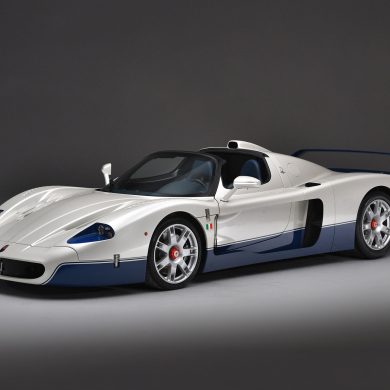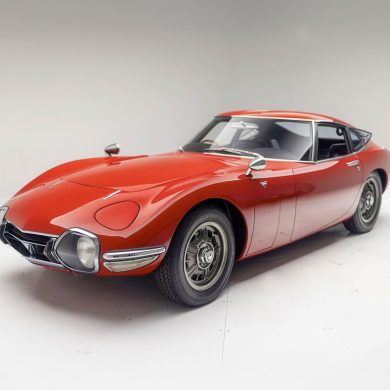The car that laid the foundation for Mazda’s tradition of distinctive innovation, the Cosmo Sport, was launched on May 30, 1967, as a stylish two-seater that marked the beginning of a legacy of fun-to-drive cars and motor sport success powered by unique technology.
The Cosmo Sport was the first car ever powered by a twin-rotor engine, and was also Mazda’s first sports car, supplying the DNA that has gone into subsequent offerings like the RX-7 and the MX-5, as well as every vehicle the company manufactures today. Although only 1,176 were built, the Cosmo Sport was monumental for Mazda, marking its transformation from a maker of predominantly trucks and small cars to an exciting, unique brand characterized by its convention-defying approach to engineering and design.
The energy invested in the development of the Cosmo’s rotary power plant exemplifies the spirit and tradition still evident in the company’s products 50 years later. Mazda’s engineers surmounted numerous hurdles to making the rotary engine commercially viable, testing Cosmo Sport prototypes over hundreds of thousands of kilometers prior to the launch. Although dozens of companies, including most major carmakers signed licensing agreements with NSU to develop the German car and motorcycle maker’s new rotary technology, only one was successful, Mazda.
There followed a stream of nearly two million rotary-powered vehicles, from which emerged many successful racing cars and ultimately produced the company’s biggest single triumph, victory in the 1991 24 Hours of Le Mans with a Mazda 787B powered by a 2.6-liter four-rotor power plant. It is the only non-reciprocating engine ever to win the illustrious endurance race, and the first — and so far only — victory by an Asian brand.
This willingness to try new things and relentlessly push limits remains synonymous with Mazda today, and it all began with the launch of a revolutionary car half a century ago.










